How Do I Choose a Car Brake Cable?
Selecting the correct brake cable is crucial for vehicle safety and performance. The process involves matching the new cable precisely to your vehicle's specifications and your driving needs. Importantly, consult your vehicle’s owner’s manual or a reliable parts database to identify the original equipment manufacturer (OEM) part number or the exact specifications required. Vehicles have different cable lengths, end fittings, and thread types, and using an incorrect part can brake failure.
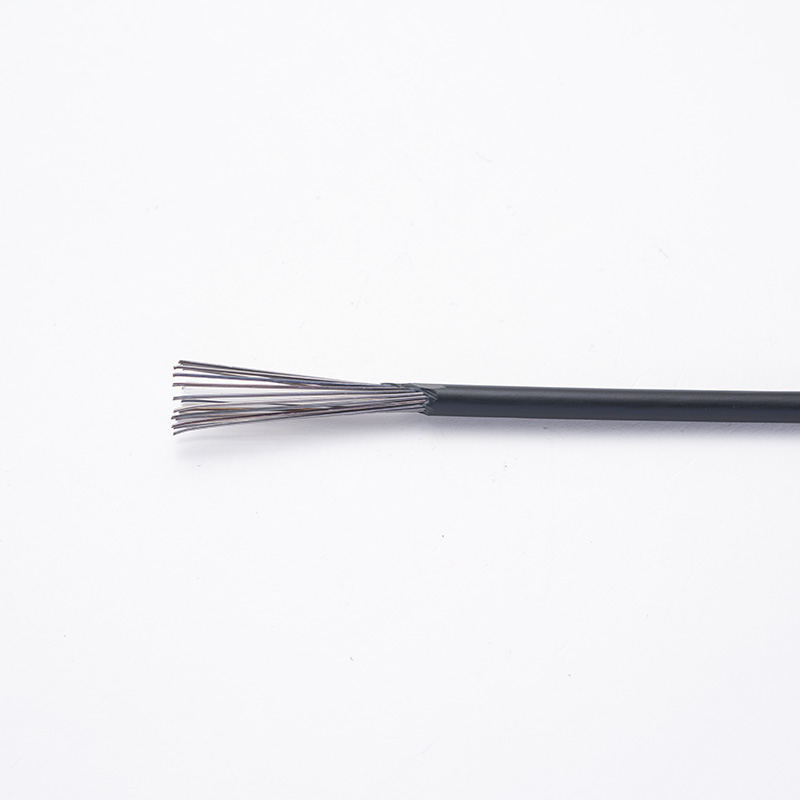
Next, consider the cable’s construction and material. Many cables feature a stainless steel or galvanized steel inner wire for strength and resistance to corrosion. The outer housing should be robust, typically made of coiled or woven steel, covered in a durable plastic coating to protect against the elements. For high-performance or classic cars, you might seek out cables with Teflon liners or other low-friction coatings to ensure a crisp, responsive pedal feel.
Finally, decide between an OEM part from your vehicle’s manufacturer or an aftermarket alternative. OEM parts guarantee a fit and performance identical to the original. Reputable aftermarket brands can offer equivalent quality, sometimes with enhanced materials or a better warranty, often at a lower cost. Always prioritize quality and certification over price for this critical safety component, and consider professional installation if you are unsure about the process.
What Are the Types of Automotive Metric Bolt Kits?
Automotive repair often requires a wide array of fasteners, making metric bolt kits an invaluable tool for any mechanic. These kits are organized to provide a range of sizes and strengths for various applications. The common type is a general-purpose kit. These typically include an assortment of coarse-thread (standard pitch) metric bolts, nuts, and washers in the frequently used sizes, such as M6, M8, M10, and M12, in various lengths. They are designed for non-critical applications like bracketry, splash shields, and interior trim.
For more specific tasks, engine bolt kits are available. These contain the specialized fasteners needed for engine work, including longer bolts for mounting accessories like alternators and power steering pumps, as well as smaller, fine-thread bolts for valve covers, timing covers, and intake manifolds. They often feature higher strength grades, like Class 10.9 or 12.9, to withstand the heat and stress of the engine bay.
Another essential category is the body and trim kit. These kits focus on smaller, finer-thread bolts and an extensive assortment of plastic push rivets, clips, and trim screws used throughout the vehicle’s interior and exterior. For enthusiasts working on suspension or brake systems, there are hub-centric and brake bolt kits. These include high-tensile strength bolts, like wheel studs, caliper mounting bolts, and strut mount nuts, which are critical for safety and must meet exact OEM specifications.
How Do I Know If My Dirt Bike Brake Cable Needs Replacing?
A dirt bike's brake cable is subjected to conditions like mud, water, and grit, making regular inspection vital for safety. Several clear signs indicate a cable is failing and requires immediate replacement. The common symptom is a noticeable change in lever feel. If the brake lever feels rough, sticky, or requires significantly more effort to pull than usual, it often means the inner cable is corroded or the housing is damaged and filled with debris. This friction impedes smooth operation and reduces braking power.
Visual inspection is also key. Carefully examine the entire length of the cable. Look for any fraying of the metal strands, particularly at the lever or brake arm ends where stress is higher. Even a few frayed wires are a strong sign the cable is weakening and could snap under pressure. Also, check the outer housing for cracks, deep cuts, or corrosion. Damaged housing allows contaminants inside, accelerating wear on the inner cable.
Finally, test for performance issues. If the brake doesn’t fully release after you let go of the lever, causing the brake to drag, the cable may be seized internally. A stretched cable will also cause problems, manifesting as excessive lever travel where the lever pulls all the way to the handlebar without applying strong braking force. Any of these symptoms mean the cable’s integrity is compromised. For off-road safety, never delay replacing a suspect brake cable.
 boo@zjmgmm.com / 958587858@qq.com
boo@zjmgmm.com / 958587858@qq.com English
English русский
русский Español
Español عربى
عربى
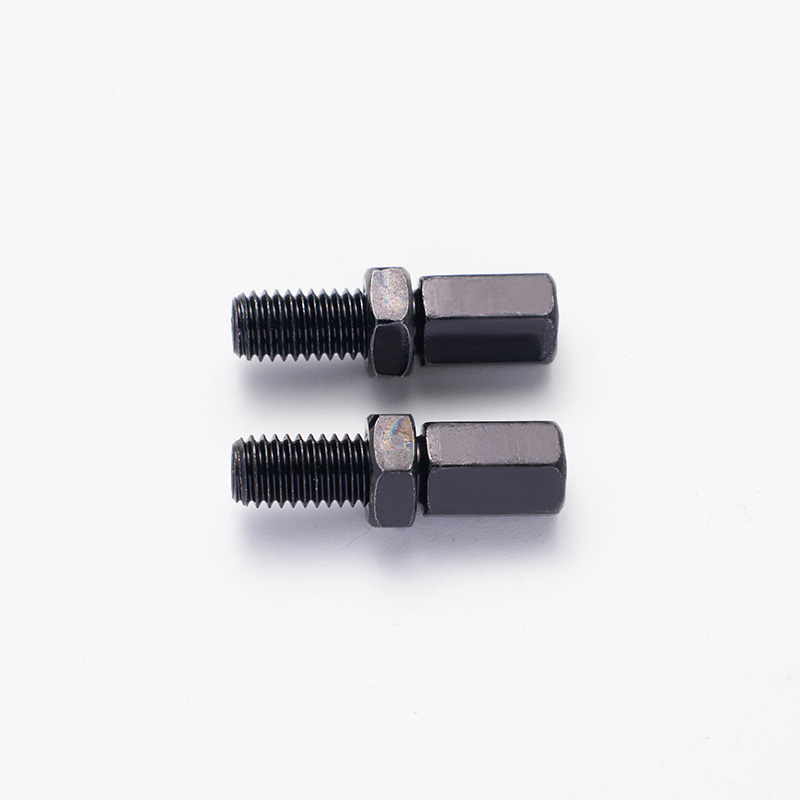
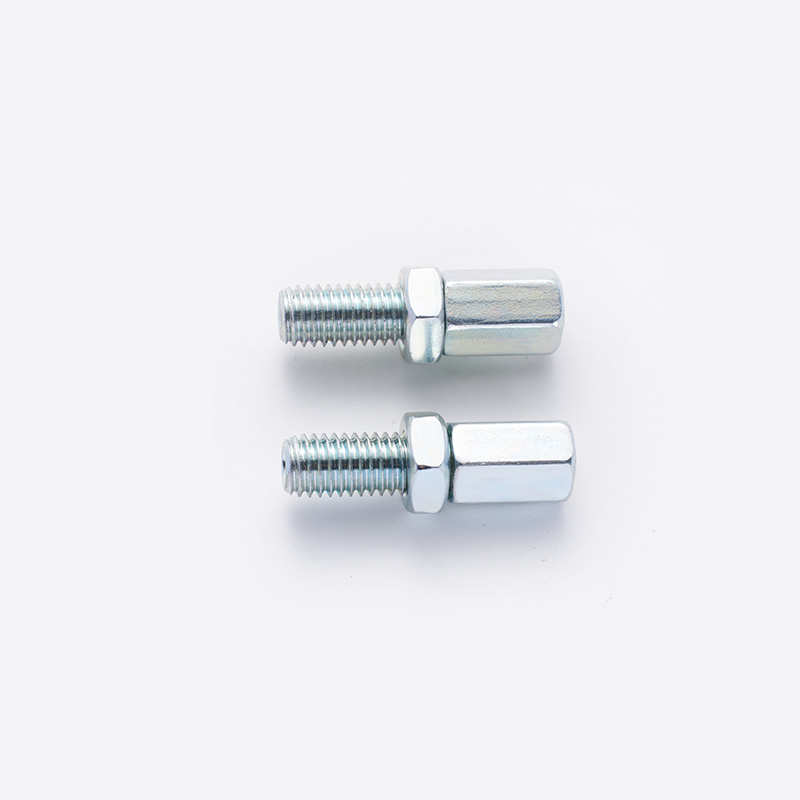

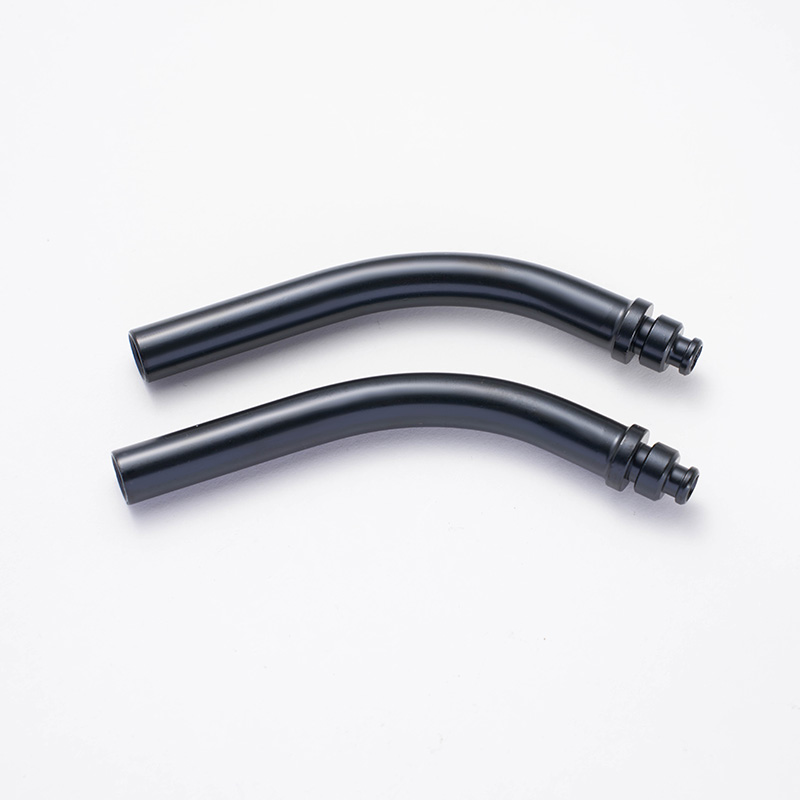

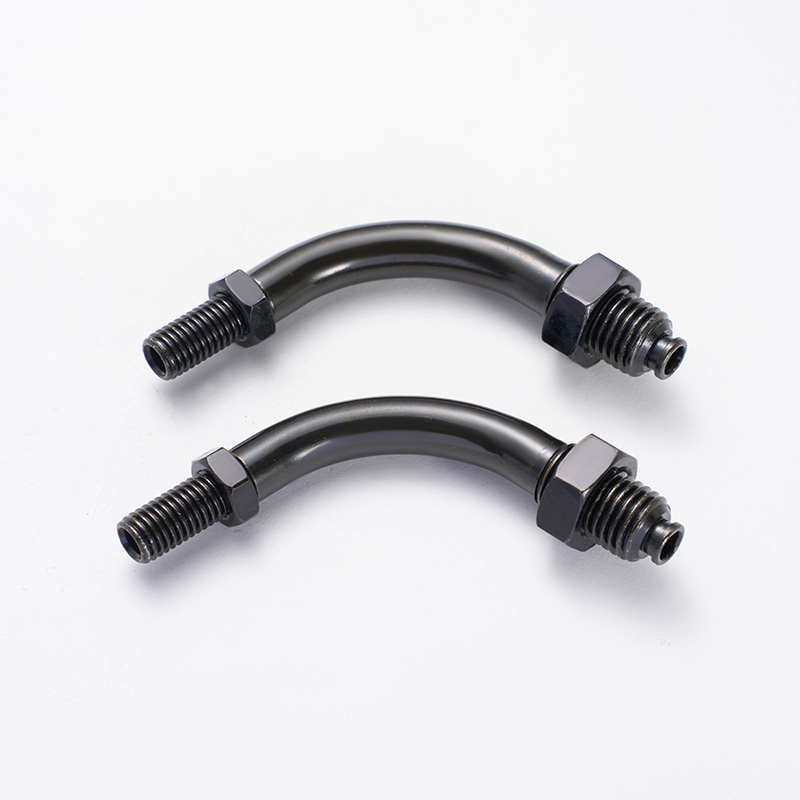

 English
English  Building 33, Demonstration Park, No. 318 Chenguang Road, Eastern New District, Wenling City, Taizhou City, Zhejiang Province, China
Building 33, Demonstration Park, No. 318 Chenguang Road, Eastern New District, Wenling City, Taizhou City, Zhejiang Province, China  0086-576-86337978
0086-576-86337978  0086-576-86333878
0086-576-86333878
 boo@zjmgmm.com
boo@zjmgmm.com 